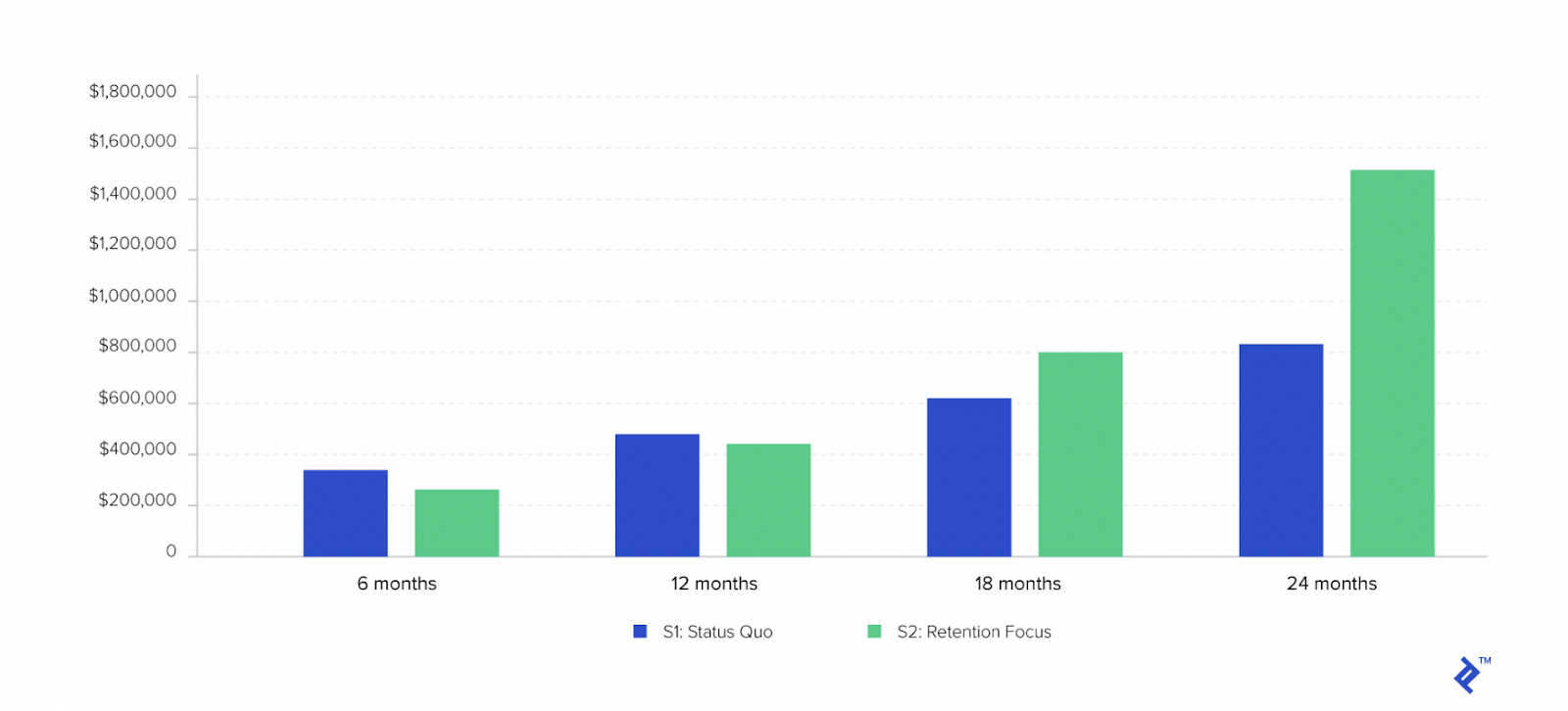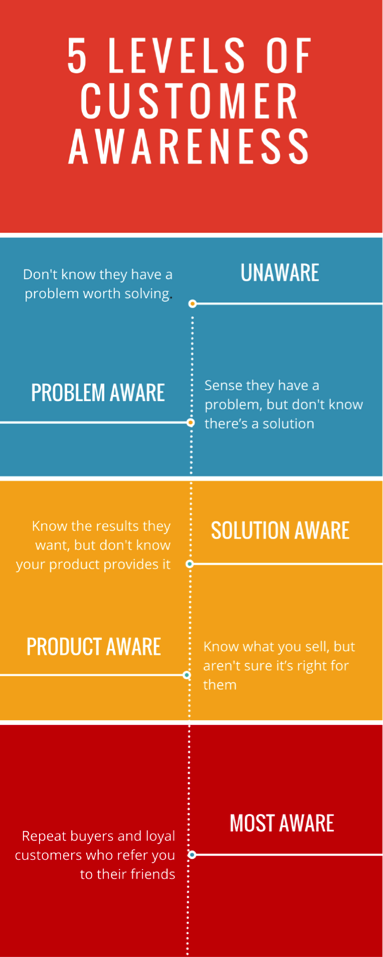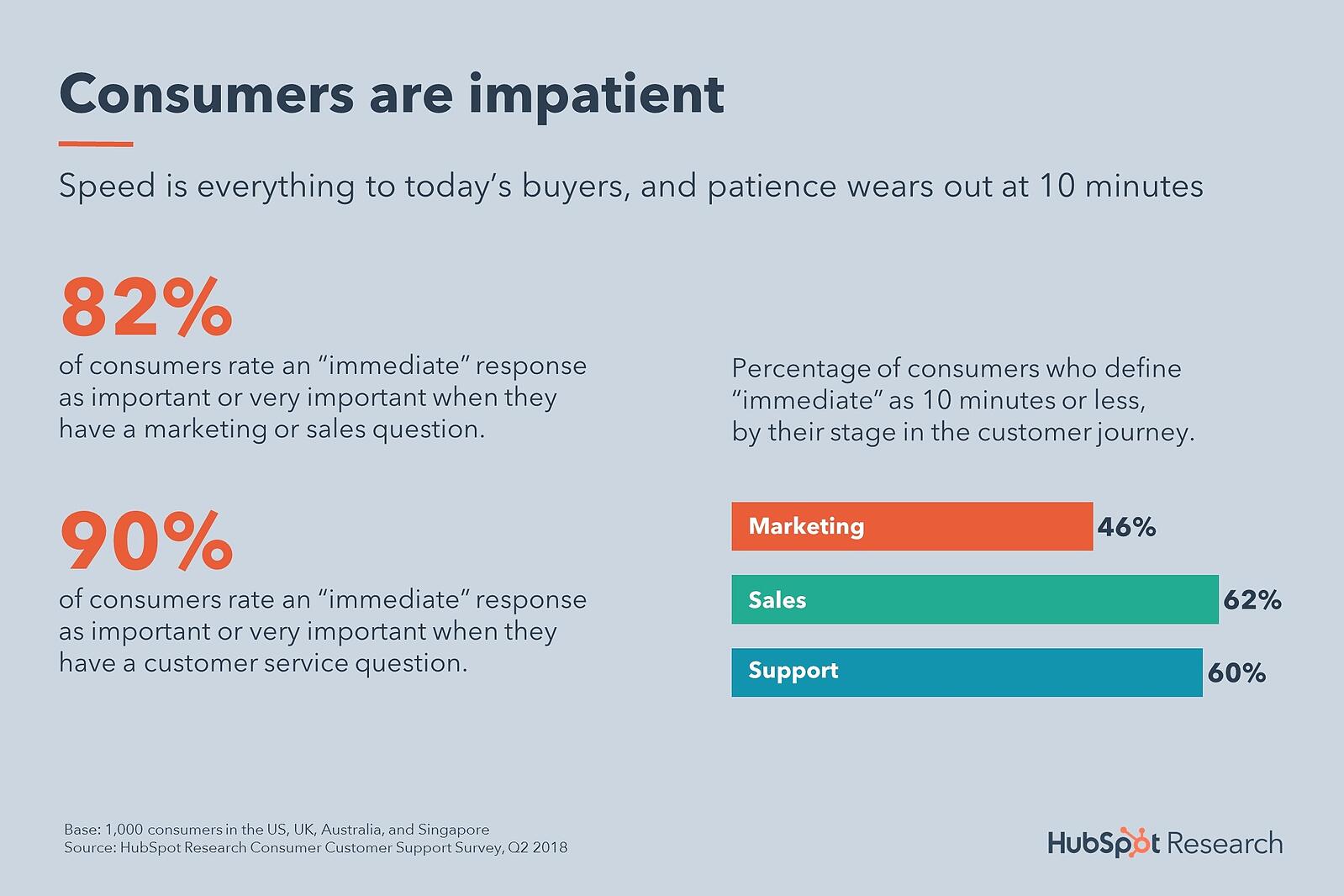4 Ways Online Course Sellers Can Improve Student Satisfaction
- June 16 2022
- Vaishak
Selling online courses is a business that relies heavily on return customers. If you’re a serious course seller, you’re always adding extra courses, lessons, modules, exercises, etc. as some kind of upselling or cross-selling to your current students.
So it doesn’t come as a surprise that you should be obsessed with customer satisfaction, or in this case student satisfaction. Satisfied students would typically stay tuned for your new content and would rush in to enroll, and they would spend more freely now that they trust in you. Now that’s a good bang for no buck spent on finding new customers.
But this is only the beginning. Not only could satisfied students be a free source of enthusiastic customers, they would rave about how good you are to others and would bring in their close friends to your online school. Overtime, you might notice that customer satisfaction would be more effective in getting you new customers than any other popular customer acquisition strategy.
Let’s see how you can improve customer satisfaction as a course seller.
Why is customer satisfaction important?
Study suggests that even though the benefit of growth with a retention focus is not realized immediately, profitability and revenue is largely driven 0by customer satisfaction and retention in the long run. Loyal customers have greater CLV, as well as greater affinity with your brand that keeps them in, and need relatively less investment from you over the time, especially considering how expensive customer acquisition is nowadays.

The graph tells us that a retention-focus approach, where the majority of your efforts go to increasing the lifetime value of existing customers rather than acquiring new ones, prove to be more effective in growing revenue (as seen in the vertical axis).
Even though the benefits of this strategy are often not realized immediately. Naturally, when you focus on customer retention, the real work starts after the conversion. Especially in subscription businesses like online courses, you have to continuously invest in strategies, tools, and platforms that’ll help you understand customers interests and needs, to align your business strategy with their expectations.
Luckily, there are proven strategies that can help you improve customer satisfaction and sustain growth in the long run.
4 ways to improve customer satisfaction
1- Encourage informed conversions:
For a good number of businesses, especially ones that depend on recurring revenue, it’s not a good idea to acquire a customer at all costs. You can’t guarantee that a potential customer’s projected CLV will compensate for the cost of acquisition. It’s of utmost importance to invest in the right prospects that are likely to stay with you in the long run. But how do you know that an individual is an ideal buyer?
The ideal buyer understands your online courses’ purpose, and what value they’ll drive attending them. Because when they do so, they’re more likely to stick with you instead of churning the next week.
What you need to do is to convey your value proposition, either general, like fast-paced self-growth, or specific, such as improving your data literacy skills, in the form of informed conversations, to your prospects over time—before moving on to the conversion message, not after.
Now, think of your target prospects like 6,7, and 8th grade students. If you were teaching environmental economics to all of these three age groups, those classes’ syllabuses would have differences in the way that they approach the subject.
Because three groups are in general at different stages of awareness. The 8th grader, for instance, could understand what kind of economic and societal reforms governments would have to embark on in face of the environmental challenges. On the other hand, the 6th grader would have to learn more about our impact on the environment first.

Source: https://www.fundingtrack.com/blog/5-levels-customer-awareness/
Just like them, some of your prospects don’t even know that your online courses exist, some don’t understand why they would take the course. Yet the others are aware that they’ll benefit from it, and perhaps in the search for a course like yours. You have to tailor your message to prospects from each of those groups—low, mid, high awareness—and increase the number of touch points before selling to them.
2- Provide splendid customer support
Customers are impatient, as findings of the HubSpot research say. 82% of consumers in the survey stated that an immediate response is very important, whether it’s a marketing or sales question.
Almost 90% consider an immediate response very important when they have a customer service issue. When it’s a customer support question, the immediate refers to ’10 minutes or less’, for the 60% of respondents.
Use every tool and platform at hand to communicate with your customers, including email, chat, social platforms, remote support softwares, and customer success tools. A unified communications platform helps businesses engage with customers over multiple platforms and can dramatically improve customer satisfaction. Chat support is particularly effective in understanding a customer’s needs and concerns, and responding immediately as they expect. All you need is to hire experienced customer reps to handle all the queries they receive through the chat. To find the right people, share an announcement so people looking for remote customer support jobs can find you and contact you
Creating a customer support app is another great solution for providing customers with great experiences. You can make an Android app, as it is more secure, has more device options, and has a low-entry barrier, which means you can publish your app on the Play Store without difficulties.

Source: https://blog.hubspot.com/sales/live-chat-go-to-market-flaw
Keep in mind, 72% of customers expect you to record and recall account information, such as their support history, purchase data, or billing software in dubai information when they’re engaged with customer service. In other words, they don’t want to repeat information they’ve submitted before. Make sure to keep customer data in a system—use a Education CRM tool, or a CDP for instance —and have it under your customer service reps’ reach.
For example, Hiver, a Gmail-based customer service platform, provides a record of a customer’s critical information alongside your previous conversations with them in a separate tab in your Gmail account. Anyone from your customer service team can see this customer data and use it to personalize their conversations with customers.
Another strategy is to use a conversational marketing tool that allows for personalized customer support. Say for example, a customer lands on your website, looking for a business course to study on their upcoming 15 day vacation. Instead of offering them the entirety of your content, your customer support chatbot software can send them automated questions about their interests first, then look at their historical data and tailor the recommendations accordingly.
More importantly, you need to take a proactive approach to offering excellent customer experience. Think of all the possible obstacles they might encounter or questions they might have when taking your online courses and using your elearning platform in general. Provide material about the following issues:
- How they can use your platform with a short, clear and easy-to-understand video (don’t assume that everyone can navigate through your website)
- How they can watch your content (do they have to download, are they available online, is device type important, etc.)
- How they can access certain content (explain your packages: the freemium plan includes these videos, and premium packages open access to all courses, for example.)
- What prior information/skills a course requires (this advance course requires basic HTML, CSS knowledge, as an example)
- What tools are needed for a certain course (they might need access to a data visualization tool or a data visualization service for an applied data visualization course for example—and you can recommend some free tools)
Providing information about these issues will align both sides’ expectations. Customers will have a pretty good idea about the content and requirements of the course, so when they actually take the course, they’ll receive what they expected, and will be satisfied.
3- Encourage and listen to customer feedback
Knowing what learners think about your courses is the best strategy for improving content and customer experience. After a student finishes a course, ask them what they think about these matters through a product survey:
- How do they assess the quality of the course? (was the language clear? Do they like the teaching method? Did they find the material useful? )
- What encouraged them to take the course, and did the course fulfill their expectations?
- What issues did they have during courses?
- What value did they get out of the course?
- How satisfied are they with your courses and would they recommend them to others?
Using this kind of customer intelligence will not only help you identify issues you may be missing, such as having a needlessly technical and complex syllabus for a non-technical audience, but it’ll also help you shape your marketing strategy.
When you receive feedback like that, for instance, you can choose to keep the technical aspects of the course and market it to people with technical expertise. For the not-so-tech-savvy audience, you can come up with a new syllabus that best fits their needs and skills. Or, with a purpose to appeal to a larger target audience, you can leave the technical information out and market it to the general audience.
Offer customers several ways in which they can leave feedback. Some people have a certain preference for some touch points over others, so give them the opportunity to get in touch with you in the way they want.
If they seem reluctant, entice them with small discounts, giveaways, or special access to locked content on your website. They’ll be more likely to buy from you again, seeing that you pay careful attention to their thoughts and concerns.
It’s also a good idea to go the extra mile and use user behavior analytics on your website to gain insights into your customers’ latent behavior when they interact with your learning platforms or apps. This could help you identify issues with your platforms and improve your conversion rate.There are a lot of behavior analytics tools that can help you with this complicated process.
4- Build an online community
Online communities are composed of people with shared interests and opinions, where they discuss and exchange information. When you build your online community, learners can get together and discuss your courses’ content, apply what they learn, and try answering each others’ questions.
This has two major benefits. One is that they’ll develop a sense of belonging in time through the culture of sharing and helping. It’ll be a factor in their loyalty to your service. On top of that, the community will function as a knowledge base for you, where you gain insight into what’s liked and what needs to be improved. With time, you can invest in improving those aspects and build even greater loyalty among your customers.
In learning communities specific to your niche, course instructors often become an active part of the community by engaging in discussions and answering questions.
You can encourage your instructors to be active in your community, and come up with improvement suggestions. Define the purpose of your community, and its guidelines. Pick an online community platform, a forum website for example, where you can host your community.
Once you’re online, let customers know through several channels that you’re forming a community where they can discuss everything about your lessons, and get advice from instructors from time to time. It’ll help you build long-lasting customer relationships and brand advocates that’ll increase awareness around your courses.
What next?
Customer satisfaction and retention should be at the forefront of your growth strategy. A Harvard Business Review article shows that acquiring new customers is 5 to 25 times more expensive than keeping current customers. This has two main aspects for you as a course seller.
1- There’s the content quality aspect of your courses. That is, how much valuable information there is in your courses, how you have researched and fact-checked your content, is your teaching method clear and straightforward, etc. You need to spend more time researching your content and work on your teaching/presentation strategies to improve your course quality.
2- There’s the technical side of your businesses. That is the quality of the tools and platforms you’re using to deliver your courses. Is your e-learning platform intuitive to use for students? Is it up and connected all the time or will your students experience down-time frequently? Does it offer the tools to design and give tests, quizzes, or certificates to your students? To take care of this side of your business, you need to use a fast and secure online course platform that provides a great learning experience.
Learnyst is an online course platform that enables you to improve both the content and the technical side of your students’ learning experience and thus improve their satisfaction. Start your free trial and give it a test drive to find out if it’s the right fit for you.


Leave your thought here